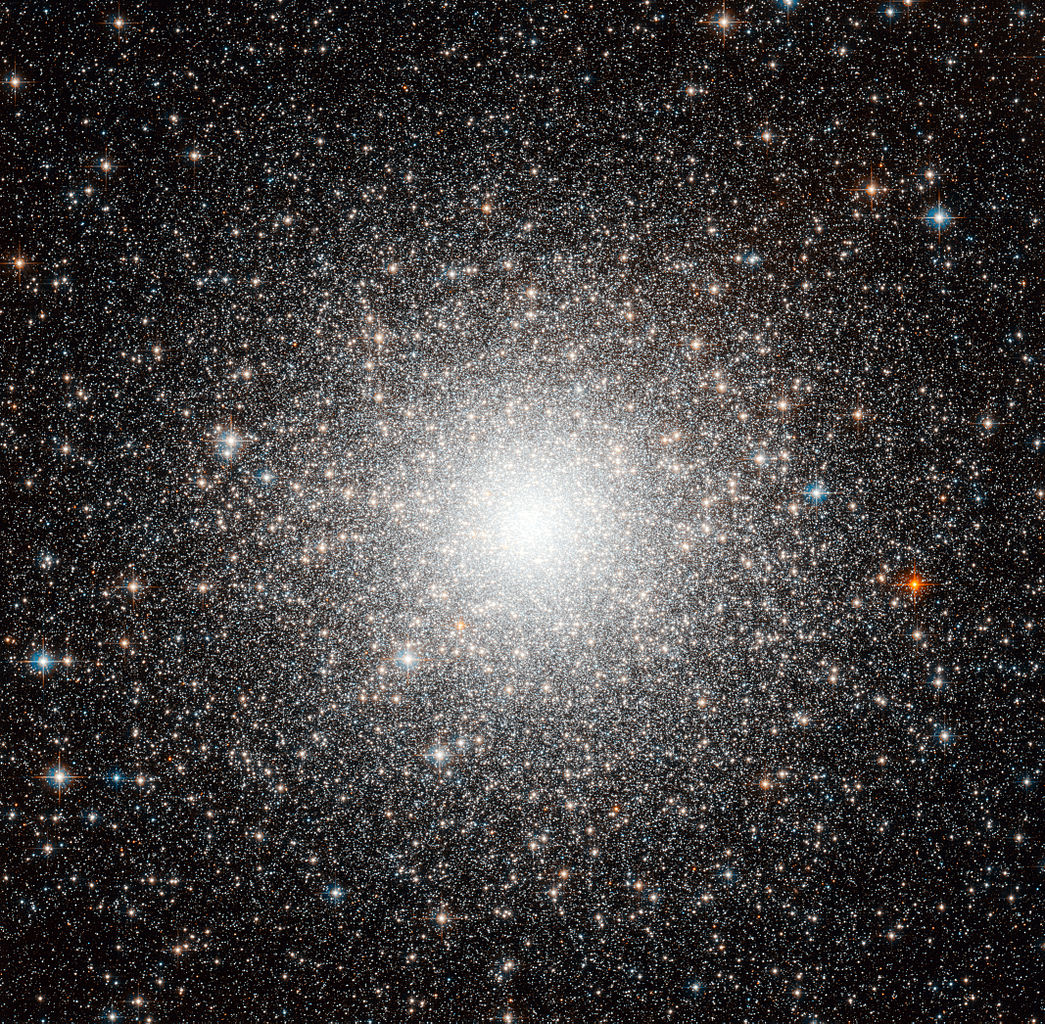We know of four fundamental forces of nature, with no signs of a fifth. But dark matter and dark energy make up over 90% of all the contents of the universe. So the question remains: could there be a fifth force hiding in the “dark sector” of our universe?
There’s something really funky going on with dark matter and dark energy. Besides the fact that we have no real idea of what they are made of, they are oddly coincidental. Dark matter makes up around 25% of all the contents of the universe, while dark energy makes up about 70%. Normal matter, like stars and planets and humans, make up the rest.
In the distant past, those numbers were far different. Our universe was far smaller, so the density of dark matter was much higher. On the other hand, the density of dark energy stays constant, so the total amount of dark energy goes up as the universe gains more volume. In the past, dark energy was barely present.
In the far, far future, the scenario will be reversed. Dark matter will be so diluted that it will be basically nonexistent, while the universe will be so huge that dark energy will make up essentially all the contents.
But right now, in the precise moment when humans can make these kinds of observations, dark matter and dark energy are caught in the act of transitioning, with both of them contributing roughly equally to the energy budget of the universe.
Is it just a coincidence, or is something bigger going on? Perhaps dark matter and dark energy are linked. Perhaps there’s a new force of nature that operates only in the “dark sector”, that keeps the evolution of dark matter and dark energy in lockstep.
So far, we have no evidence for this fifth force. If it exists, it only operates at cosmological scales (both in time and distance), so it’s extraordinarily hard to detect. But future missions, like the James Webb Space Telescope and the Nancy Grace Roman Space Telescope, might tell us something interesting.


You’re assuming that either of those telescopes ever gets launched. So far, the signs are not good.
The article states: “Dark matter makes up around 25% of all the contents of the universe, while dark energy makes up about 70%.
Then later says: “But right now, in the precise moment when humans can make these kinds of observations, dark matter and dark energy are caught in the act of transitioning, with both of them contributing roughly equally to the energy budget of the universe.
I understand that using E=MC2 we can figure out mass/energy equivalency… But if we don’t seem to know what either of these are (DM/DE), how could the above statement about contribution to energy budget be made? Anyone care to do an ELI5 on this?
Thanks UT 🙂